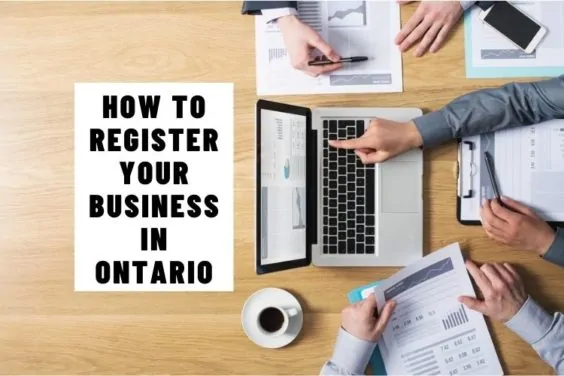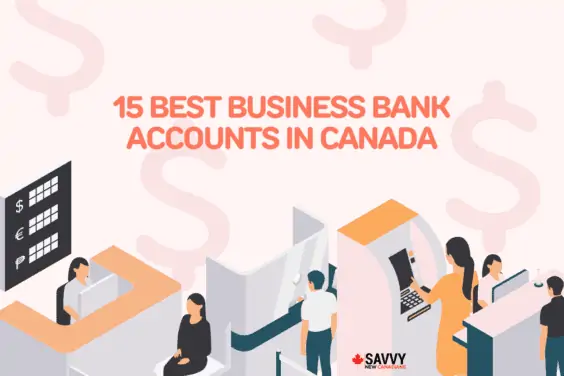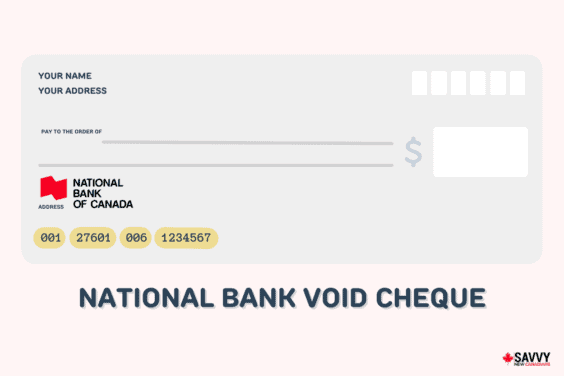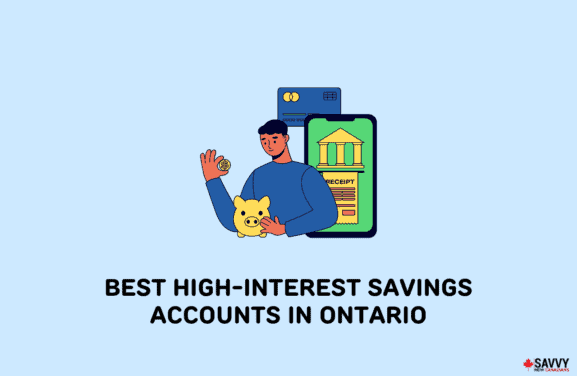Money orders are safe alternatives to personal cheques and can be bought at Canada Post locations and banks throughout Canada. Unlike personal cheques, they are prepaid, which makes them a more reliable form of payment because they are guaranteed.
So when would you want to opt for a money order? There are numerous situations where they can be a preferable choice, including when you don’t have a chequing account or access to traditional banking services. Money orders are also a more secure alternative to sending cash by mail.
Especially when conducting transactions with people you’re not very familiar with, money orders can offer a safe payment method. That said, there are several pros and cons to consider when using money orders – we’ll discuss them below.
This guide will cover how to cash a money order in Canada and how to buy and fill out a money order.
What is a Money Order?
Like cheques, money orders are paper forms of payment. But unlike cheques, they’re guaranteed because the user will have paid for the money order in advance. You’ll never cash a money order that doesn’t go through because those funds have already been provided.
Just like a cheque, you can give a money order to someone else, and then they’ll be able to cash it (although only the person whose name is on it can do so, which adds an extra layer of security).
Plus, when a cheque is not an acceptable payment option, a money transfer may be an attractive alternative since it’s guaranteed.
How Does a Money Order Work?
When you pay with a money order, the first step you’ll need to take is to purchase it. You need to have the funds available to buy the money order, and then you’ll need to go to a bank or Canada Post outlet to get it.
Once you have the money order, you can give it to the intended recipient, who must go to a bank or post office to cash it.
If you’re on the receiving end of a money order, you’ll be the one who needs to visit a bank or Canada Post location to cash it. To do so, you’ll need identification to prove that you are the intended recipient whose name is on it.
How to Buy and Fill Out a Money Order
Most people go to one of their bank’s physical locations to get a money order. But if that is inconvenient or you don’t have a bank account, you can also go to a Canada Post location. Remember that some institutions will charge a fee for a money order.
Here are some of the fees at common locations so that you can get an idea of what to expect:
- Canada Post money order fee: $7.50
- CIBC money order fee: $9.95
- TD money order fee: $5.00
- RBC money order fee: $9.95
- Walmart money order fee: $1.00
You should bring identification with you, although most of the listed locations where you can get a money order only require it if the money order’s value is over $1,000.
Also, you cannot purchase money orders online. They are physical objects – when you buy one; you will receive it as a piece of paper.
You’ll also need the full name of the person to whom you are planning to give the money order. The bank or postal branch won’t be able to process the transaction without the name of the sender and the recipient.
Related: Money Order vs Certified Cheque vs Bank Draft.
How to Cash a Money Order in Canada
You can cash your money order at any Canada Post location or at your bank. For this part of the process, you’ll need a form of identification to prove that you are the intended recipient as specified in the money order’s “Pay To” section.
If the post office doesn’t have enough cash on hand to cash it at that time, you may have to visit another branch or come back later. This should not be a problem if you’re cashing a money order at a bank.
Pros and Cons of Money Orders
There are several reasons to choose a money order rather than a cheque, but whichever method you select, you’ll want to consider these pros and cons.
Pros
- Guaranteed, unlike a personal cheque
- Doesn’t require a bank account
- Safe to send via mail
Cons
- May cost up to $10 in fees
- May be limited to a certain value per order
- Form of identification needed
When to Use a Money Order
Because of the fees often associated with money orders and their value limits, they’re not always the right option. But when you don’t have access to traditional banking services or don’t have a chequing account, they can be a valuable alternative to personal cheques.
They’re also a great option to send through the mail as a safer route than sending cash. Money orders can serve a variety of purposes, but it’s important to keep in mind their limitations as well as their benefits.
FAQs
Walmart offers affordable money orders through MoneyGram. Its money orders can cost senders just $1, which is significantly lower than the fees customers might see at Canada Post or other places to buy money orders.
The fees associated with money orders differ depending on the vendor and, in some cases, the amount of money you are sending. On the low end, Walmart offers fees as low as $1, and on the high end, some banks charge fees up to $10.
You can get a money order at a bank, but the fees are usually lower at Canada Post or other locations. If you are buying a money order at a bank, choose the bank at which you have an account.
One of the greatest benefits of money orders is that you don’t need a bank account to use them. Buying or cashing in a money order at a Canada Post branch is the best course of action if you don’t have a bank account.
Generally speaking, money orders sent through Canada Post should arrive within a couple of days (although this can be affected by holidays or inclement weather). Some banks may be able to send money orders electronically, which can be faster.
Related:



